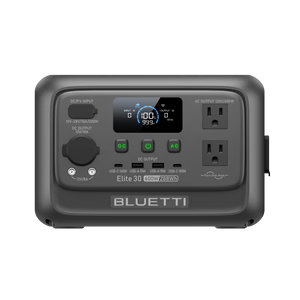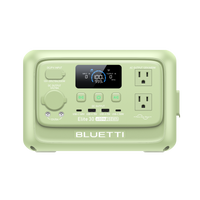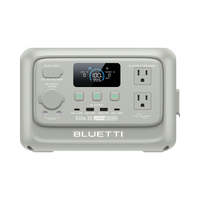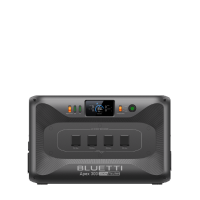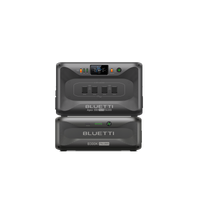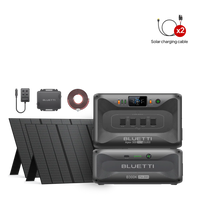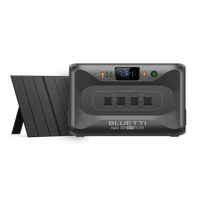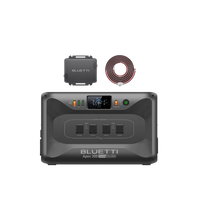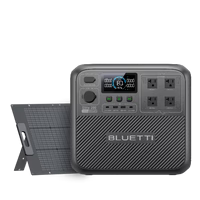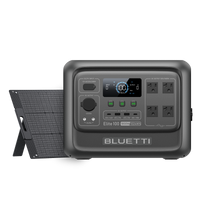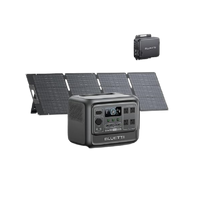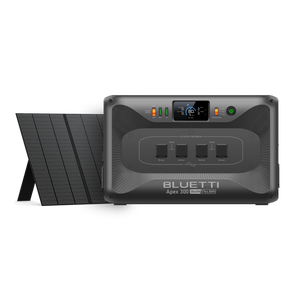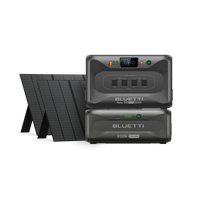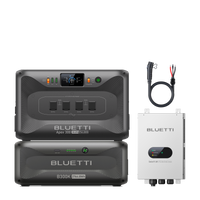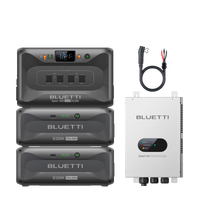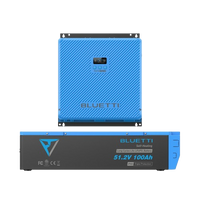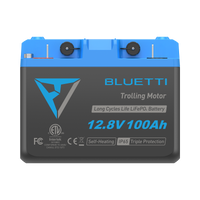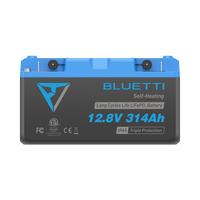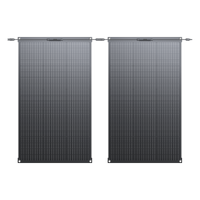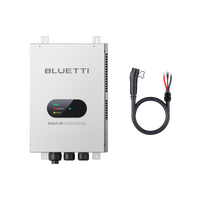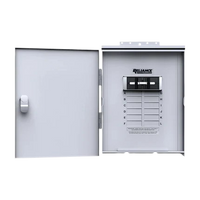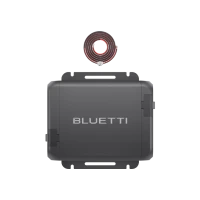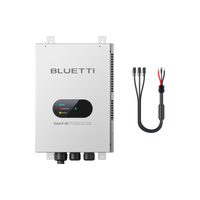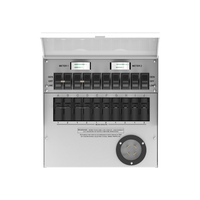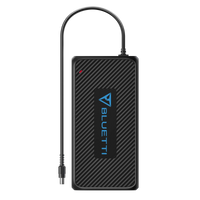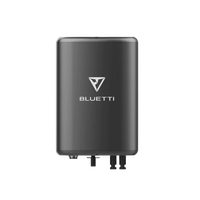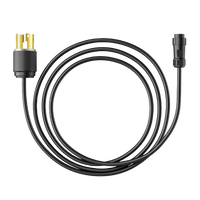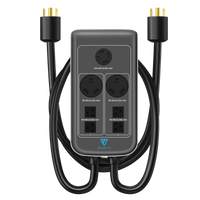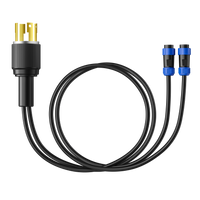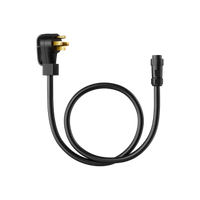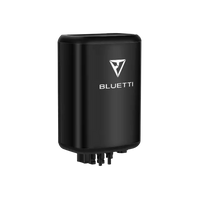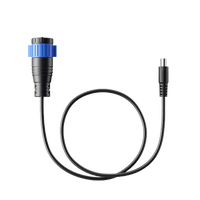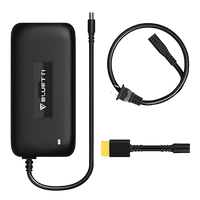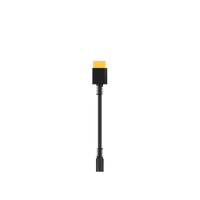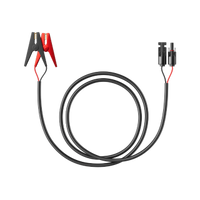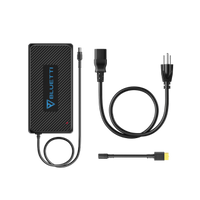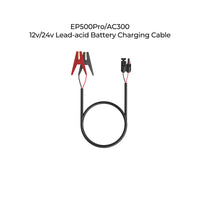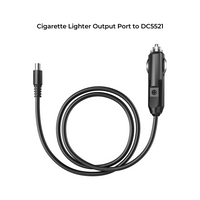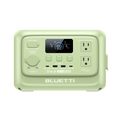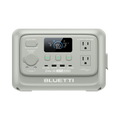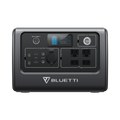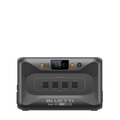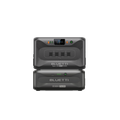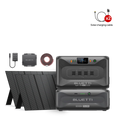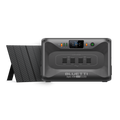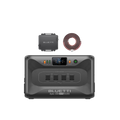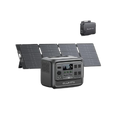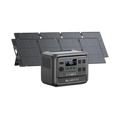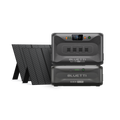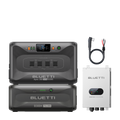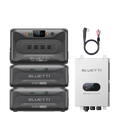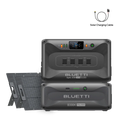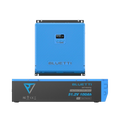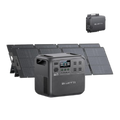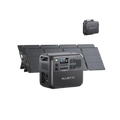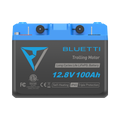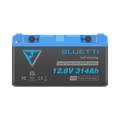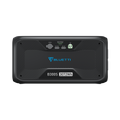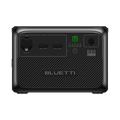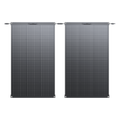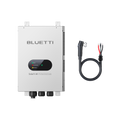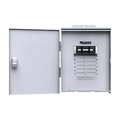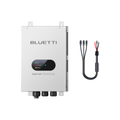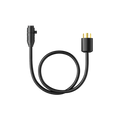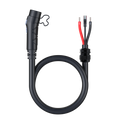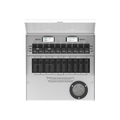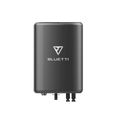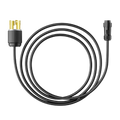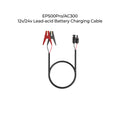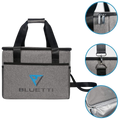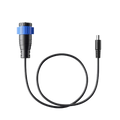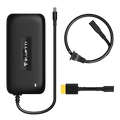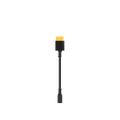Picture a case where an unplanned electrical failure forces you to darkness and cold during winter nights. Or think of a severe summer storm that disrupts your energy supply, denying you the use of air conditioning and refrigeration. In those situations, a generator is a real reliever. Nevertheless, the key is to have a solar generator suitable for generating electricity within your demand.
This article is aimed at helping you to know the necessary size of a solar generator for a 1500 square foot house. We will discuss in detail the elements upon which your choice depends, such as the duration of the power disruption and your appliances' requirements for power. This will give you the assurance of having safe, reliable, and cost-effective energy for your essential devices when the eventuality arises. The purpose of this is to arm you with the knowledge to be able to make a correct decision that your home keeps getting the power whichever the weather condition that comes forth.
Understand Power Requirements
In order to choose the size of the solar generator correctly, you first need to know how much power your home needs. The energy intake from a 1,500 square feet house can change widely, depending on the appliances number and type, energy rating of appliances, and frequency of their use.
A household normally consists of appliances that are essential and comprise varied categories like refrigerators, freezers, water heaters, air conditioners, heaters, washers, dryers, and lighting systems. Among these devices, each of these appliances has a different energy consumption measured in watts.
A good example is a fridge that would consume about 100-800 watts of power and an electric water heater could easily use from 3000-4500 watts. Gas water heater's ignition is likely to be the lowest possible, 40 to 50 Watts. In the same way, air conditioning systems (either centralized or window-type) use electricity from 500 to 5000 watts.
On the other hand, besides major appliances such as dishwasher, washer, and driers, the small specialized equipments like stove tops, microwave ovens, toasters, coffee makers, blenders, televisions, computers, hair dryers, irons, fans, and lights, play a major role in overall energy consumption.
Calculating Total Power Needs
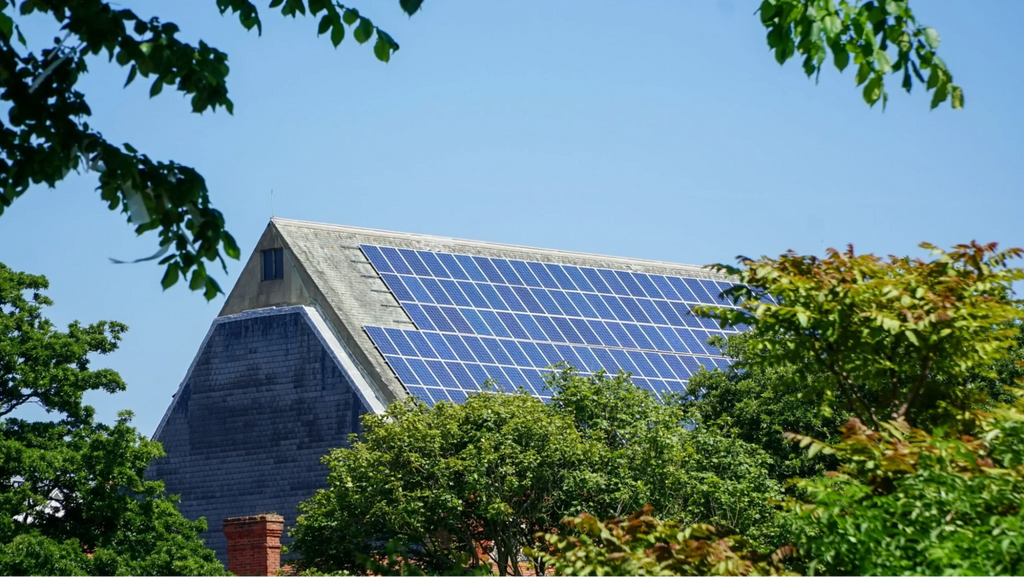
The next stage after knowing the power requirements factor of each of the Electric appliances is to add up the entire power needs of your home. It is done by taking the wattage of all appliances that could be working at the same time together. On the other hand, it should be kept in mind that some devices may not be used simultaneously. Hence, it is more practical to aggregate the running wattage of the critical and most frequently used appliances in one sub-group.
In addition, some appliances, for instance, air conditioners and refrigerators, require a higher wattage at the time of startup than when running. This surge at the beginning identified as ‘peak wattage’ has also to be taken into account. It is necessary to make sure that your solar box can take the above given peak wattages to stop the sudden power cut and protect your appliances.
Determining Generator Size
When you want to find the size of a solar generator for a 1500 square foot house, an approximate rule of thumb is to go with the model that provides a running wattage little higher than your calculated total needs. The extra capacity, commonly known as ‘headroom’, is used to adequately deal with occasional power surges without the generator being overloaded.
An average 1500-square foot house usually takes a solar energy generator with a capacity from 5000 watts to 7500 watts. Nevertheless, if you have energy-demanding home appliances like high central air conditioning units or electric heaters, the size of a generator in the higher range could be an option, or you might need even a bigger one.
Types of Generators
The key to get the right solar generator size (for the 1500 square foot house) is to properly understand the various types of generators and their respective capacities. Here, we go deep into the nature of the three main generators.
Portable Generators
These are lauded for their convenience and affordability. They vary from the smallest (1,000W) ones which will suit your basic needs such as lighting and recharging, to the larger (10,000W) ones which can power several bigger appliances. As for a 1,500 sq ft home, the 5,000 to 7,500 watts portable generator will be enough. With this, all "must-have" appliances such as fridges, sump pumps, and multiple lights can work at the same time without overloading the generator.
Their portability makes them conducive for homeowners to do their recreational or bleak outdoor activities or even to shift to different locations at will. On the other hand, these generators are dependent on manual start and refueling such that for longer power outages, it would be a great hindrance.
Inverter Generators
One of the key advantages of them is their feature of producing clean electric power, which is very close to stable electric power supplied by the utilities. This clean power is of great importance to the successful functioning of the even the smallest devices like computers, mobile phones and medical instruments. Normally, the inverter generators range from 1000 to 4,000 watts, which is less powerful but considerably quieter than its portable counterparts.
A 3,000 to 4,000-watt inverter generator is capable of supplying power to a smaller household during a power outage allowing the safe operation of some of the basic electronics and a few appliances with small power demands. They are optimum choices for those who prefer less noise intensity and higher energy quality to the limited power supply capacity.
Standby Generators
They are the most reliable and foolproof tool for having a continuous power supply. These units are mounted permanently outside the house and can turn on automatically when power cuts. They are usually hooked up to the house’s natural gas or propane supply, providing the advantage of automatic refueling thus preventing the hassles of manual refueling.
These options vary considerably in size from 8,000 watts to 20,000 watts and so on. For a 1,500 sq ft house, a generator ranging from 10kW to 14kW will usually suffice, comfortably powering the house without any worry of overloading the system even when all appliances are being used concurrently. They offer the best that convenience and peace of mind can bring to home automation, but this luxury comes with a higher purchase and installation cost.
Recommended Solar Generators
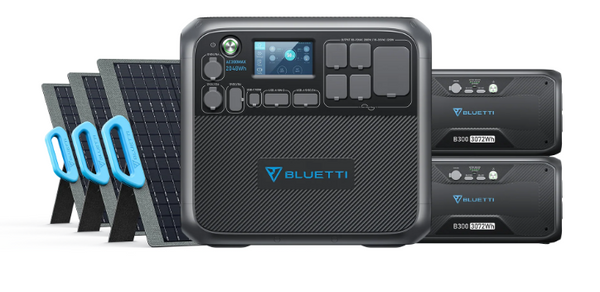
Priced at C$ 6,694.00, this kit is a powerful and flexible solution for your power requirements. It is comprised of a 2,200W AC Pure Sine Wave Inverter with a surge capacity of 4,800W to give you a constant and clean power supply. Besides, the kit is powered by a 2,048Wh LiFePO₄ Battery delivering over 3,500 life cycles at 80%.
The system’s capacity can be boosted to a maximum of 6,144Wh by two B230 units or 8,192Wh upon using two B300 units. This full-size storage is a good fit for a 1500 square foot house. The generator is also rechargeable, through AC, solar, car, generator, lead batter, dual AC, or AC+Solar. This versatility of recharge methods allow for great flexibility and convenience of use.
The pack also comes with three PV200 Solar Panels, each having a power output of 200W. This module is made of monocrystalline solar cells with up to 23.4% efficiency and has an ETFE coating of durable finish. They are foldable, portable and can be connected to most MC4 connector solar generators.

This one, sold at C$9,792.00, is a top-of-the-line, heavy duty equipment that will suit your power needs best. It boasts a 3,000W AC Pure Sine Wave Inverter with a surge of 6,000 W available at all times, delivering a continuous and stable power source. The kit further features LiFePO4 battery with 3,072Wh capacity which ensures the battery will survive over 3,500 cycles of 80%.
In addition, the system can be scaled with up to four B300 units that amount to 12,288Wh which can be enough power for a 1500 square foot home. The generator is very versatile and can work from seven different energy sources among AC, solar, car, generator, lead-acid battery, dual AC, and AC+Solar.
The kit also offers six PV200 Solar Panels, which are able to provide 200W power output each. These panels include monocrystalline solar cells with optimal efficiency of up to 23.4% and super durable ETFE cover. They have foldable structure, portable as well as compatible with most solar power generators carrying MC4 connectors.
Final Thoughts
Ultimately, calculating a suitable solar generator size for your 1500 square foot house requires paying attention to every detail of your home energy consumption as well as the numerous generator types. Although a generator which produces a range of 5,000 to 7,500 watts seems to be sufficient, the exact size often relies on your needs for survival during the power outage, the number of appliances you want to sustain and their respective wattages.
A crucial step towards making a sound energy provision preference is accurately determining the running and starting wattages of your appliances in order to properly configure a generator for your home’s energy load demand. On the one hand, the decision between portable, inverter, and standby generators shall be based on budget, noise levels, compatibility, and the desired comfort during power outages.
